Inside Kikubari’s open kitchen, Chef Jun Wong and Chef Nik Michael Imran are discussing the finer points of Maggi Goreng and what makes it quintessentially Malaysian. And it’s not just about following the packet instructions either. Any Malaysian who has frequented a Mamak stall will know it’s also about that wok-hei, biting into bitter sawi or squishy fried tofu, instant noodles topped with a telur mata kerbau and a sprinkle of bawang goreng. We know exactly what it should taste like, and the recipe and technique hardly varies from one restaurant to another. The question is, how do we emulate this late night classic into a dish that tastes instantly familiar with Japanese ingredients without resorting to that tiny little silver packet contained in each packet of Maggi?
Well, Chef Jun and Chef Nik will have to figure it out before Kikubari rolls out their special Malaysia Day menu in collabration with Butterkicap come 17 to 22 September 2018. Available for one week only in conjunction with Malaysia Day, the collaboration aims to feature familiar Malaysian flavours married with Kikubari’s signature progressive Japanese cuisine and techniques. Both Chefs are clearly up for the challenge, with Chef Jun and her team taking the helm and formulating recipes and Chef Nik lending his expertise and knowledge to create a menu that will undoubtedly intrigue and make you wonder how exactly are they going to pull this off.
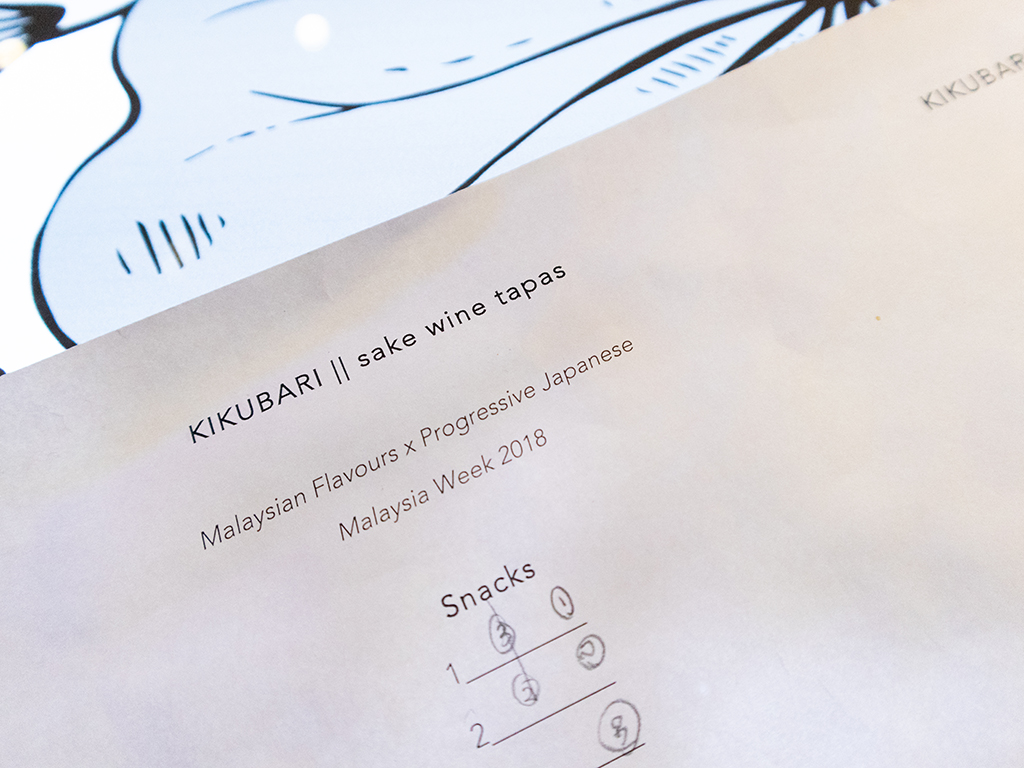
Familiar flavours
Kikubari has always been known for its use of traditional Japanese ingredients translated into modern, contemporary dishes. This time, though, the team is putting themselves to the challenge of creating familiar Malaysian flavours that will have you reminiscing at the very first bite. Besides Maggi goreng, a peek into their still-in-trial menu features many familiar names including roti bakar, keropok lekor, ikan goreng, ulam and another late-night favourite, Ramly burger special.

Yes, Ramly burger special, made with wagyu, wrapped in egg and that crazy messy mix of mayonnaise, sauce and vegetables that makes this burger unlike anything you’ll find anywhere else in the world. Admit it, just the thought of it has you craving for one right now.

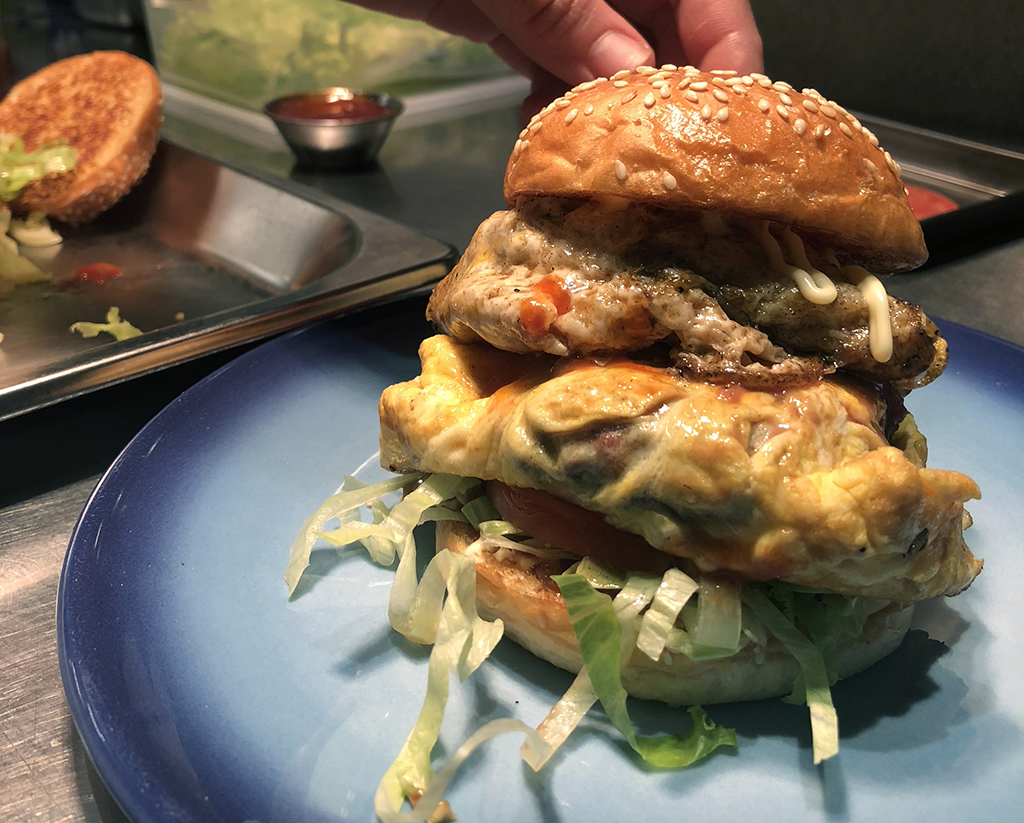
‘Atas’ keropok lekor
Made with saba (Japanese mackerel) with a bit of seaweed, Chef Jun showed us how she creates the elongated lekor shape we are all so familiar with. She first scoops some saba mince and rolls it against the lip of a stainless steel bowl, and then the long raw lekor is boiled until it sets and looks almost like the frozen pre-fried lekor you can buy to fry at home. But how does it taste?



A taste test of a fried saba keropok lekor receives approving nods all around. It tastes like keropok lekor, albeit a really high quality version. It’s not as chewy as regular lekor, but the texture is still pleasant and a little fluffy, with a bit of bite thanks to the small chunks of saba left behind in the batter. Chef Nik describes it best by calling it the keropok lekor all lekor should strive to be.
But keropok lekor isn’t just about the ‘keropok’. It’s also about the chili sauce that comes with it – dark and sweet, and red and a little spicy depending which region you’re buying it from. Chef Jun’s take is to serve them with a Tonkatsu chilli dip, and a discussion of ratios and which sauce goes best with what ensues in the kitchen.


Roti bakar with a Japanese twist
Another menu highlight has got to be the roti bakar – thick, toasted fluffy slices of bread served with… no, not a slab of butter with kaya, but a seaweed sauce topped with what is probably the butter AND kaya of the ocean – uni. Its sweet, rich and buttery texture and flavour makes uni the perfect topping for roti bakar and has one almost wishing it was a staple in all the kopitiams. There was no need to refine this recipe. It was decadently delicious from the very first bite.
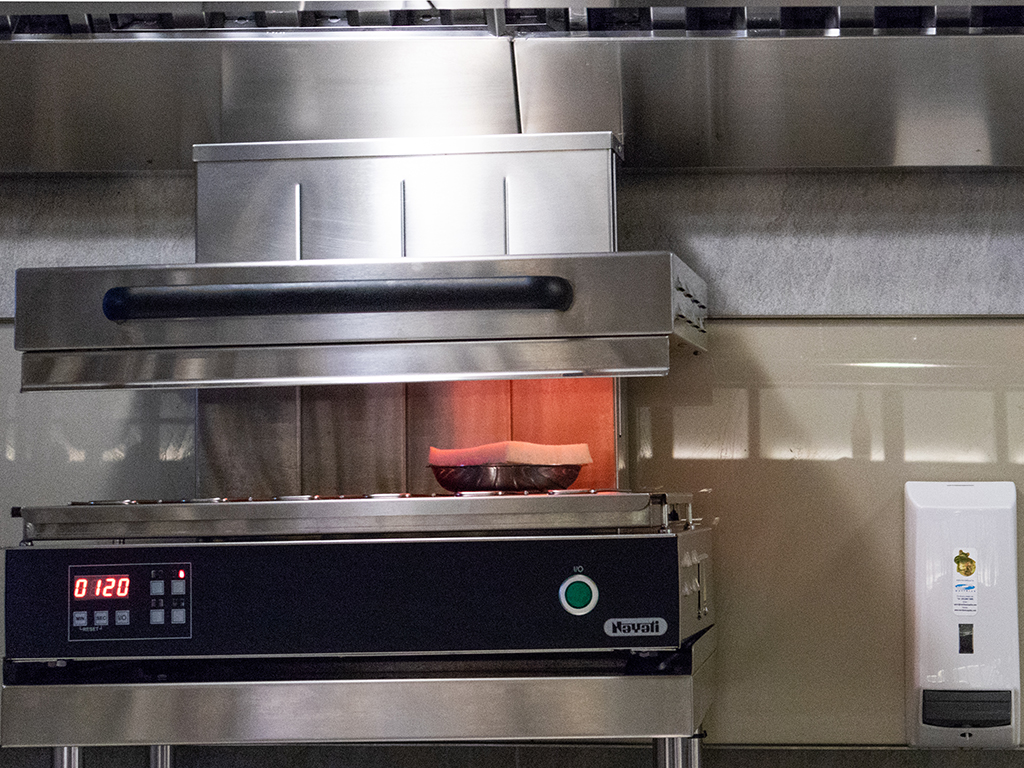

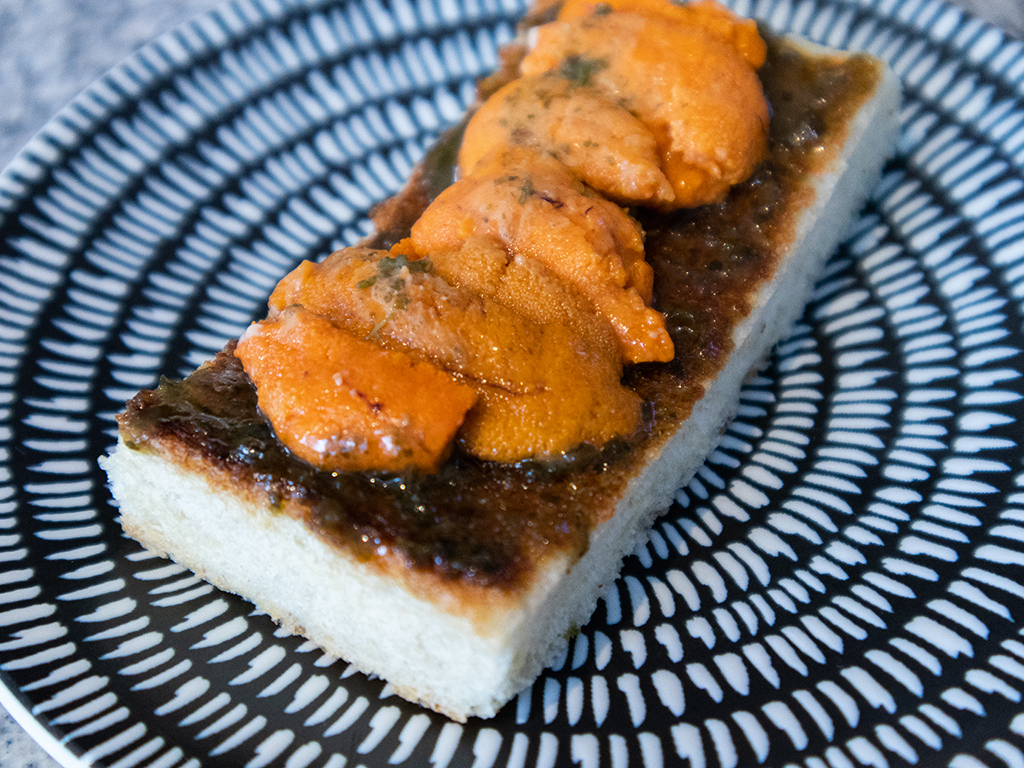
Another familiar food item given the Japanese twist is ulam, which takes centre stage as a salad instead of being served the traditional way as an accompaniment to rice and other side dishes. However, if you’re expecting a plate of ulams you’re familiar with – raja, daun selom, kacang panjang or even some petai, this ulam uses Japanese greens like shungiku (chrysanthemum leaves and stalks), french beans and, yes, edamame. The result is surprisingly ulam-ish and fresh and will make you wonder why we don’t eat chrysanthemum leaves and stalks more often. And instead of sambal belacan, Chef Jun whips up a sakura ebi ‘sambal’ made with kuromitsu sugar that looks and tastes similar to our gula Melaka. The result is a spicy-sweet thick sauce that tastes quite like sambal udang kering and is decidedly moreish with a bit of kick.


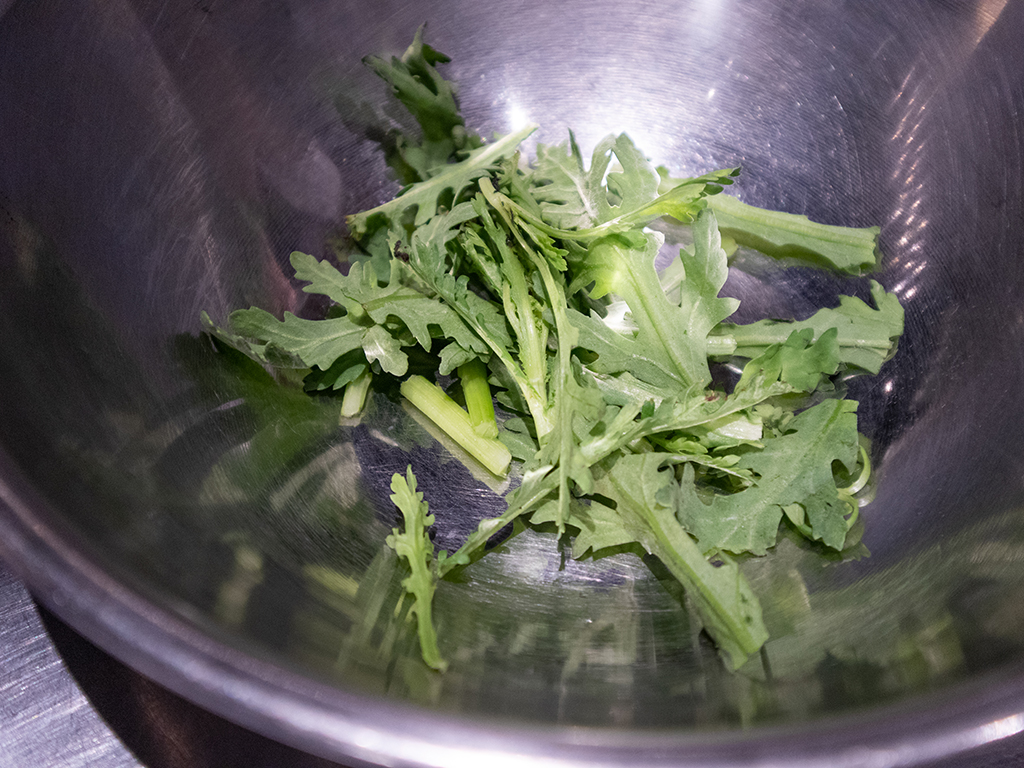
The fusion factor
Anyone who has spent some time in the Malaysian kitchen, whether cooking or just observing, will know that when it comes to sautéing or ‘tumis’, we always start with the onions. For her sakura ebi sambal, however, Chef Jun starts with the sakura ebi to bring out all its flavour and infuse it into the oil. Later on, the onion and chili goes in, but only on the side at first to bring out their flavours. She likens it to a reverse tumis, a technique used to develop different layers of flavours from different ingredients.
This is, perhaps, a fine example of Chef Jun’s take on fusion cuisine – an application of different techniques to enhance traditional recipes. That said, she also believes that some things shouldn’t change – if an ingredient has to be bashed in a pestle and mortar, for example, then that is the technique required. No amount of slicing will get it to taste the same way.
Chef Nik’s take on fusion, on the other hand, is maintaining the familiarity of flavours but adding a twist to it, and the Kikubari x Butterkicap Malaysia Day collaboration is a fun and playful blend of these two Chefs. They’ve taken some ideas and rolled with it, tossed it in the air with a healthy dose of excitement, creativity and that Malaysian spirit refined with Japanese precision.
Sweet things
All good menus must come to an end, but not before we leave you with something sweet. And while Milo is not Malaysian in terms of origin, there is no doubt that we have embraced this chocolate malt drink to the point where we solemnly swear that no country produces Milo as good as we do – and that’s the honest truth. But how do we pay tribute to Milo in a way that retains is kaw-ness while presenting it in a way we’ve just never thought of having before?
Well, as it happens, we brulêe it.
Rich and decadently creamy, the Kikubari x Butterkicap Milo crème brulêe tastes almost like the kind you get from the Milo van – you know the one. Topped with a perfectly caramelized brulêe, cracking the shell is an ASMR experience that you also get to taste after. It’s the stuff Milo coated dreams are made of.
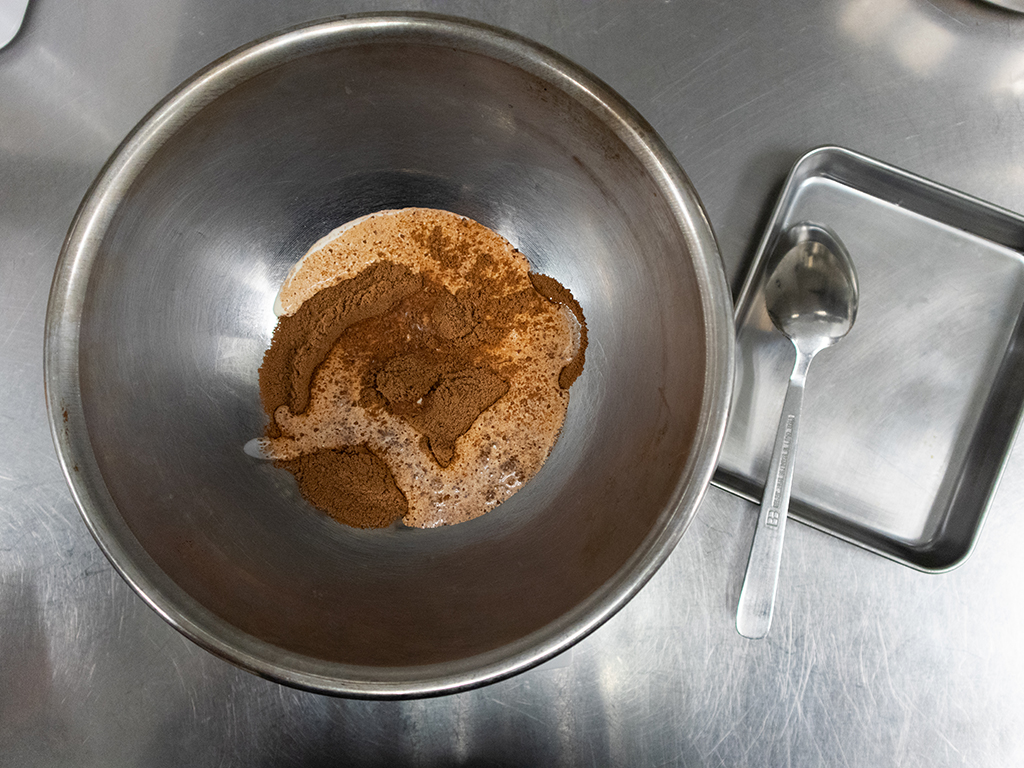
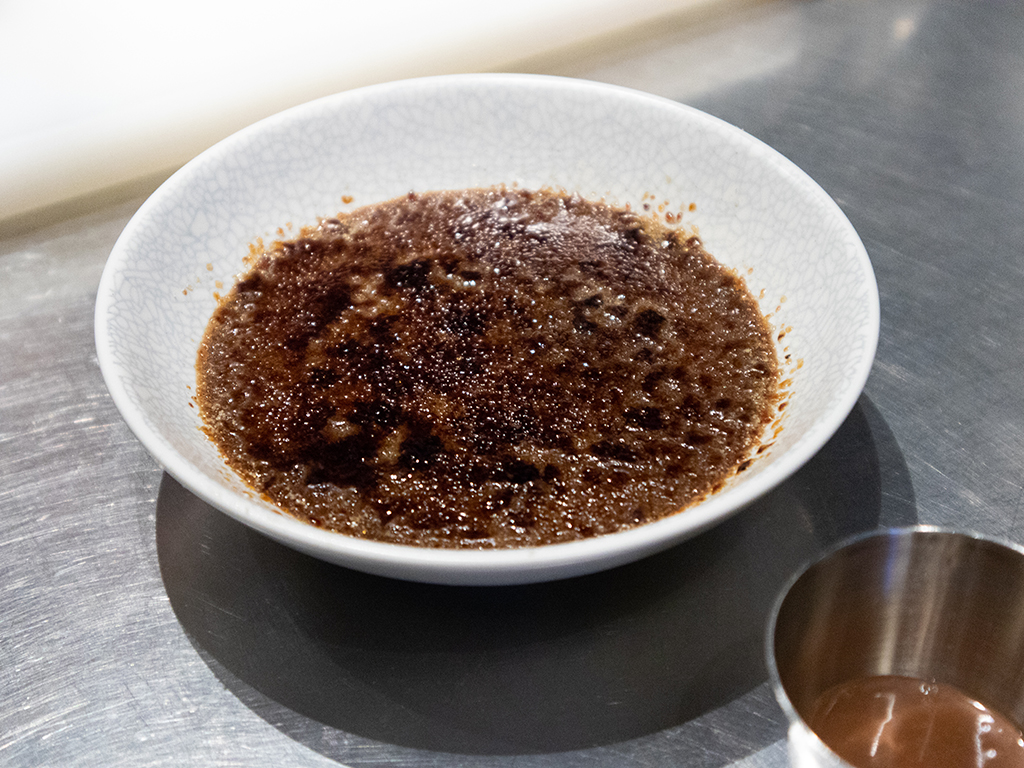
And then there’s the gula Melaka anmitsu, a more typical Japanese dessert localized with gula Melaka syrup, coconut jelly, ‘pisang goreng’ and taro ice cream. The first test was with some matcha ice cream, but the Chefs felt taro would make the dish taste a little more local. The fresh flavours of the gula Melaka anmitsu lends a lighter note to end the day’s feasting, and will hopefully leave you wanting a return visit before the last day of this special menu rolls around.

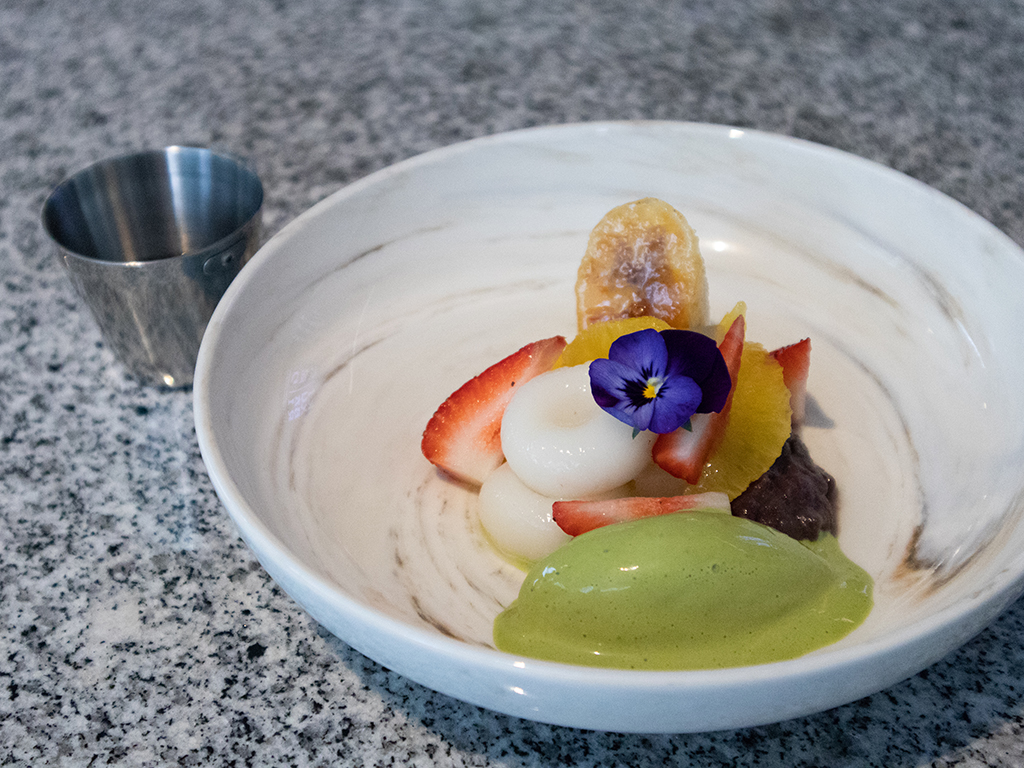
Kikubari x Butterkicap: more than just food
While the food is an important factor, the Kikubari x Butterkicap collaboration is undoubtedly so much more than that. It’s about memories and innovation and paying homage to our childhood and youth while elevating some basic dishes and showcasing them in a new light. It’s about playing with our food, being proud of it, and embracing tradition and modernity. And that’s what Kikubari and Butterkicap aimed to do in this collaboration – capture an essence, measure it out, stir-fry it a bit, and let it out into this world (aka your bellies). We hope you’ll enjoy what we’ve put together for you.
The details:
Kikubari x Butterkicap: Malaysian Flavours, Progressive Japanese
17 – 22 September 2018
@ Kikubari, L3-01A Jalan Damanlela, Damansara City Mall, Kuala Lumpur
RM318++ Available only for dinner
Reservations: +603 2011 8200
